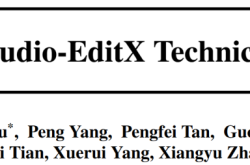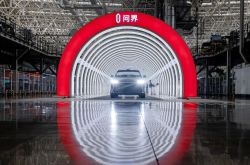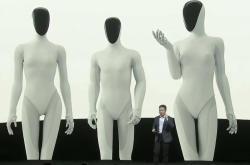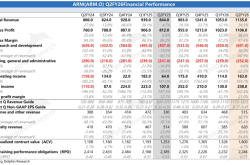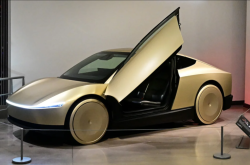BMW Returns to the EREV Market: Can It Compete with Emerging Players?
![]() 06/16 2025
06/16 2025
![]() 673
673
Lead
Extended-range technology was once dismissed by many multinational automakers. However, with the success of domestic automakers like Li Auto, AITO, and Leap Motor, EREV (Extended-Range Electric Vehicle) is now becoming a favored option among international manufacturers. Ford, Volkswagen, General Motors, and Hyundai are all set to launch EREV models, and BMW is also reviving its EREV program. Additionally, the joint venture automaker Guangzhou Automobile Group Toyota Motor will introduce new EREV versions of the Highlander and Sienna, making the EREV market more vibrant than ever.
Produced by | Heyan Yueche Studio
Written by | Zhang Dachuan
Edited by | He Zi
Total words: 2462
Reading time: 4 minutes
Recently, EREV technology has emerged as a new favorite among multinational automakers.
It is reported that BMW plans to restart the development of its Rex extended-range power system, with the sixth-generation X5 being the first model to feature the new EREV system. Additionally, the sixth-generation X3 and the second-generation X7 are also being evaluated for potential adoption of the EREV system.

△BMW collaborates with ZF to restart the EREV project
According to reports, BMW's EREV system will utilize ZF's newly developed eRE and eRE+ extended-range architectures. The eRE+ architecture includes both a clutch and a differential, offering both power generation and auxiliary driving functions, with engine power ranging from 109kW to 150kW. BMW has redesigned the engine characteristics to ensure optimal efficiency during continuous electricity generation in EREV mode. For batteries, BMW will choose the NMC cylindrical battery technology jointly developed with CATL to achieve a range of over 1,000km under CLTC conditions. Furthermore, this EREV system will be integrated with BMW's sixth-generation 800V electric drive platform, enabling ultra-fast charging in the future.
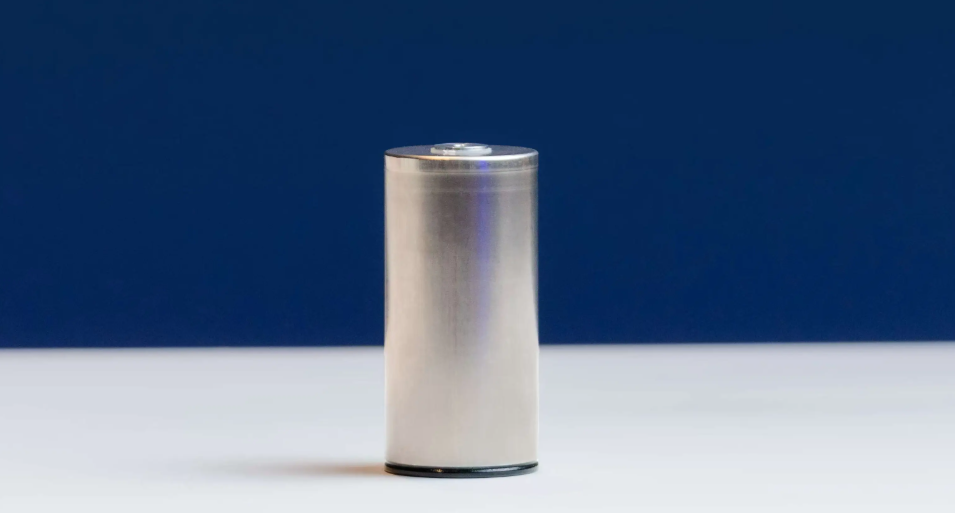
△BMW will employ cylindrical batteries co-developed with CATL on its EREV platform
BMW's EREV strategy extends beyond China
BMW first applied EREV technology to the i3 in 2013, utilizing a two-cylinder engine as a range extender. This model was introduced to the Chinese market as an imported car in 2014, priced at 520,000 yuan. However, it did not become a sales focus for BMW and did not attract significant attention in the domestic market. Since then, BMW did not deploy EREV technology on other models.
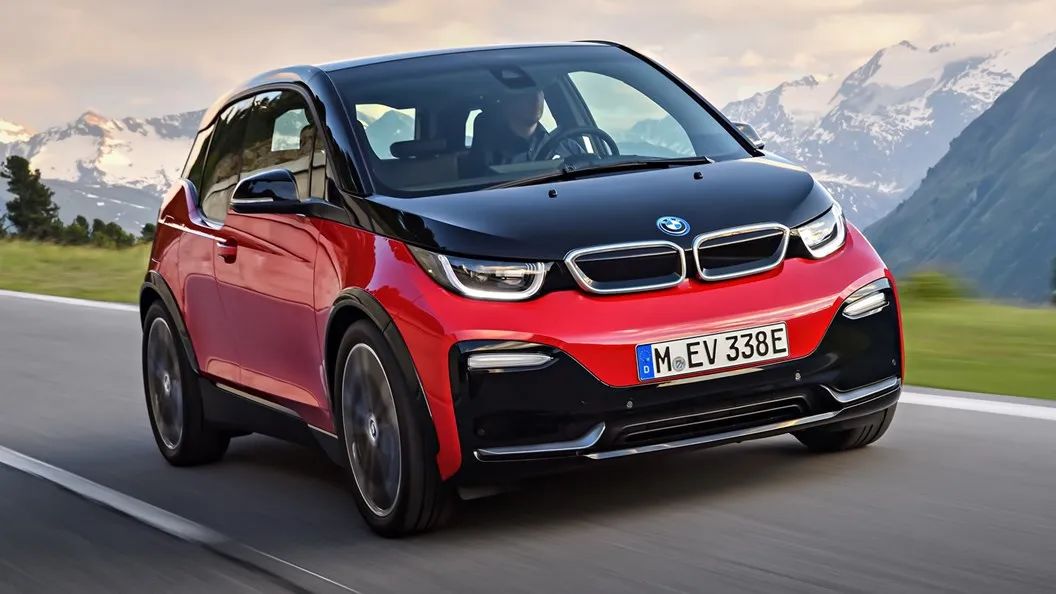
△The BMW i3 EREV version failed to achieve global success
BMW's renewed interest in EREV technology is driven by two primary reasons:
Boost sales in the Chinese market. From January to April this year, BMW Brilliance sold 158,908 vehicles, a year-on-year decline of 21.33%. In the electric vehicle sector, BMW's performance has been particularly unremarkable. The BMW iX3, with an official guide price of 405,000-445,000 yuan, has maintained monthly sales of around 1,500 units this year, despite significant discounts that lower the terminal price to as low as 230,000 yuan. Other models like the i3, i5, and iX1 have struggled to meet expectations in the domestic market. Data shows that in the first quarter of this year, the share of EREV models in the domestic new energy vehicle market rose to nearly 10%. Therefore, launching an EREV model can help BMW pursue more sales in this segment.
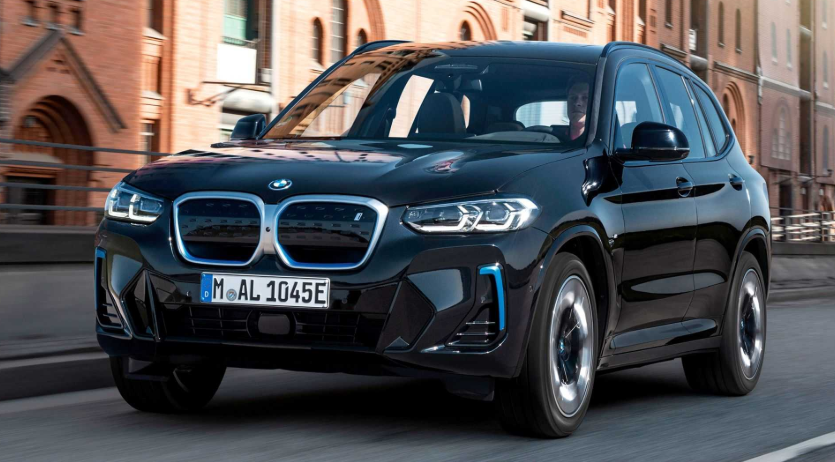
△Despite significant discounts, the battery-electric version of the BMW iX3 has seen mediocre sales in China
Supply the global market. In 2025, demand for electric vehicles will significantly weaken in regions where subsidies decline. Considering the uneven coverage of charging infrastructure, it will be challenging for BMW to rely solely on battery-electric vehicles to maximize its market share. In this context, EREV, as a hybrid technology route with lower costs compared to plug-in hybrids, naturally becomes a viable option for BMW. Additionally, EREV offers a relatively large electric range, providing consumers with a balanced and economical choice that addresses both energy conservation and range anxiety. To expand economies of scale and further reduce development costs, BMW has an incentive to promote EREV technology globally.
EREV is poised for global popularity
Before EREV models gained traction in China, foreign automakers were hesitant to adopt EREV technology, but this is now changing.
On one hand, following Li Auto's rapid profitability with EREV models, multiple domestic automakers such as AITO, Leap Motor, and Deep Blue have also launched EREV models. Mainstream brands like Geely's Zeekr and XPeng will soon join the fray. Seeing the rapid rise of domestic EREV models, joint venture brands are also starting to take notice. At this year's Shanghai Auto Show, SAIC Volkswagen's full-size SUV concept car ID.ERA will also adopt EREV technology. This model uses Volkswagen's EA211 engine as a range extender. Lu Xiao, general manager of SAIC-GM, also revealed that Buick plans to launch models covering various new energy forms such as plug-in hybrids, EREVs, and pure electric vehicles by 2025. Recently, Guangzhou Automobile Group Toyota Motor announced the launch of the new generation of Highlander and Sienna EREV versions.
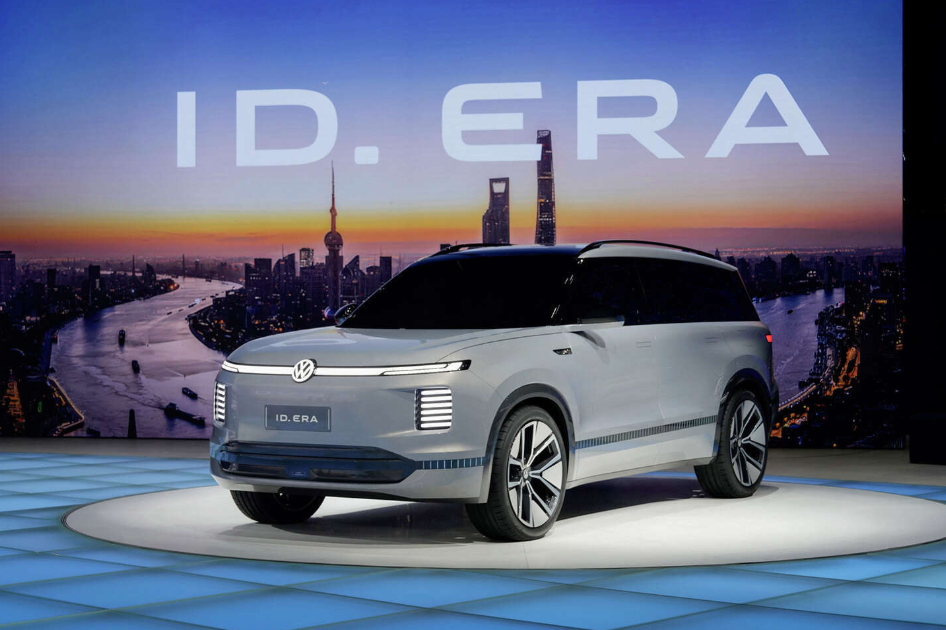
△Volkswagen's EREV model in China is set to be unveiled
On the other hand, the attitudes of multinational automaker giants towards EREV models are also evolving. Besides BMW, Ford has also become an active adopter of EREV technology. Previously, Ford launched the all-electric F150 Lightning for its sales pillar, the F150. However, at the 2024 financial report meeting, Ford CEO Jim Farley publicly stated that pure electric or plug-in hybrids are not ideal traction platforms for medium and large vehicles due to the high cost of batteries, which affects Ford's profitability. He also acknowledged that Ford is studying the technology of using internal combustion engines to charge small batteries to maintain its leadership position in the full-size pickup truck and SUV market.
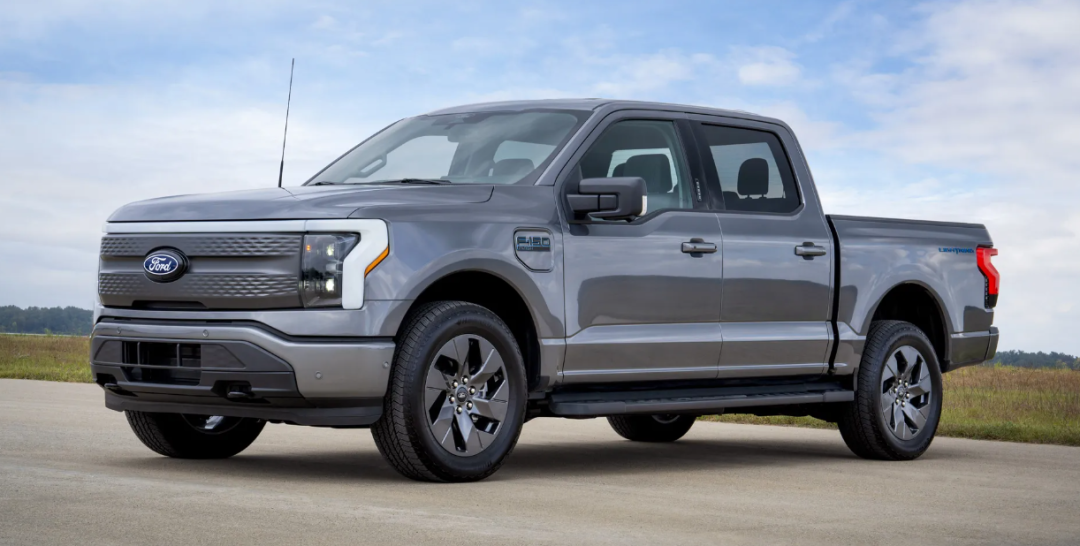
△Ford intends to develop an EREV version of the F150
Can EREV help BMW turn around its fortunes in China?
For BMW, launching EREV models in China can fill the gap in this segment, but achieving strong sales depends on several other factors.
The popularity of EREV models like Li Auto L9 and AITO M9/M8 is largely due to their cost-effectiveness. In the domestic medium and large SUV markets, these segments were previously dominated by imported models from multinational automakers, often costing millions of yuan, which discouraged many potential buyers. However, new force EREV models offer prices less than half of those imported models, significantly improving cost-effectiveness and making them appealing to consumers. Therefore, BMW needs to abandon its previous high-priced mentality for EREV models and become more flexible to achieve success.
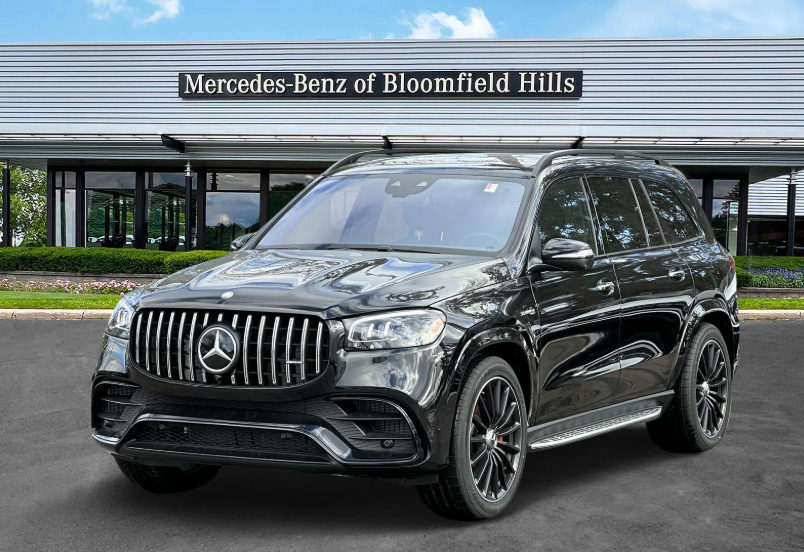
△High prices hinder the popularity of imported full-size SUVs in China
It's worth noting that the high pricing of imported models, besides tariffs and profit considerations, is primarily due to the high cost of their large-displacement engines and matching powertrain systems. In an EREV model, the engine mainly serves as a generator, allowing the use of a small-displacement engine to power a full-size SUV platform, inherently making the vehicle more cost-effective.
Another factor to consider is that, besides features like refrigerators, TVs, and large sofas, EREV models from Li Auto, Leap Motor, and Deep Blue are also advanced in intelligent connectivity. These comfort and intelligent configurations have become crucial factors influencing Chinese consumers' car purchasing decisions. For BMW, whether through independent research and development or collaboration with local suppliers, it's essential to quickly introduce intelligent cockpits and driving technologies that meet mainstream market standards for its EREV models to gain a foothold in the domestic market.
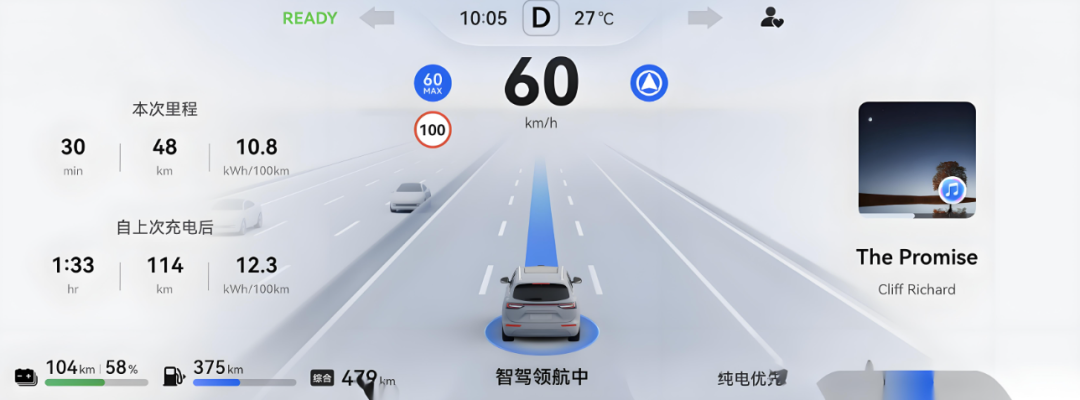
△In addition to EREV technology, Chinese consumers also prioritize comfort and intelligent connectivity configurations
Commentary
BMW's entry into the EREV market underscores how foreign automakers are continuously adapting to the needs of the Chinese auto market, even going so far as to drastically adjust their original strategic decisions. Once foreign automakers overcome their shortcomings in new energy and intelligent connectivity technologies, they will be poised for a counterattack in China. How to fully leverage the opportunity presented by foreign automakers' yet-to-launch fierce counterattacks to further enhance core competitiveness is a pressing question for every independent brand automaker. Time is of the essence.
(This article is originally produced by Heyan Yueche and cannot be republished without authorization)

